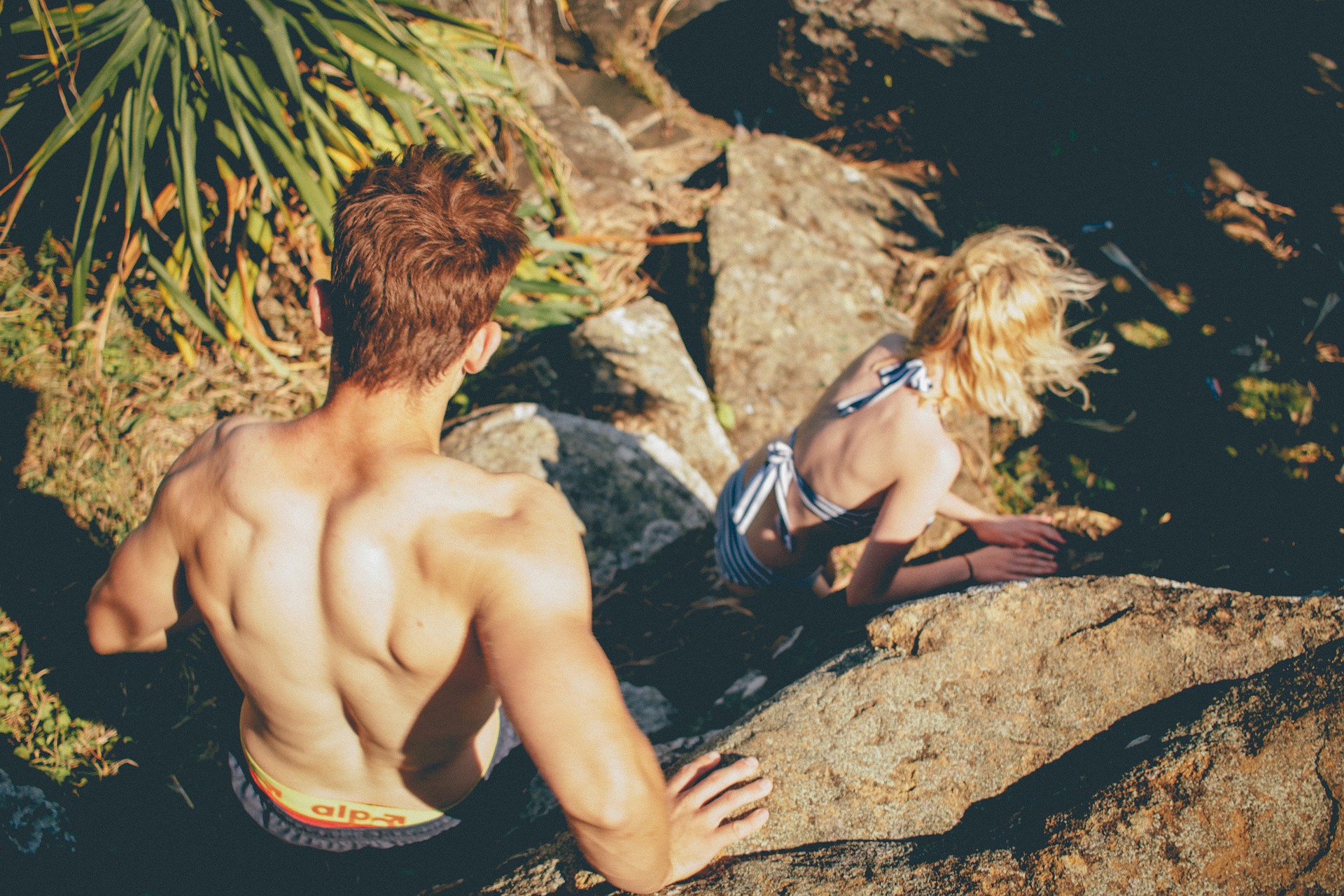
Rising a bluff, stone or even an indoor stone divider requires a lot of actual strength and perseverance. Some overcome moves through nutritious dinners and grounds board pull-ups. Then, for some fanatic climbers, that perseverance was verifiably fueled by canned beans and a wide assortment of snacks from the Tioga Gas Mart outside of Yosemite.
In any case, with or without the corner store snack, there’s no uncertainty that climbers know some things about a sound way of life. Here’s the manner by which rock climbing assists you with driving a more joyful, better life.
Rock climbing constructs muscle and perseverance.
As opposed to what numerous amateurs may think, climbing requires substantially more than chest area strength. The achievement of sending – or finishing – a course depends vigorously on a not insignificant rundown of actual components, including complicated footwork, lower body strength and fit bulk. Albeit not frequently considered as a typical type of cardio, rising dividers is a certain method to get your heart siphoning, like the manner in which climbing steps or running does. A one-hour climb meeting can consume above and beyond 700 calories. Besides, interesting moves and extensive reaches regularly require creating adaptability that wasn’t there previously. To build bendability, increasingly more stone exercise centers are consolidating yoga studios into their offices.
Climbing helps cerebrum work.
As well as developing muscle and assisting you with getting that cardio, climbing includes critical thinking abilities – which clarifies why bouldering (a kind of climbing that is by and large done unroped, at lower statures on strict stones) courses are really called “issues.” But whether competitors are scaling bluffs or overcoming long crosses in their neighborhood bouldering cavern, time on the rocks is definitely not thoughtless.
The development in scaling a course frequently requests body mindfulness and critical thinking. Usually, the route to the top isn’t pretty much as immediate as you may expect, and it takes laser center to work through which holds to get and where precisely to put your foot prior to moving your body weight.
Rock climbing decreases pressure.
Exercise itself has been appeared to diminish pressure by expanding levels of norepinephrine, a substance that aides balance our cerebrums’ reaction to stretch. A few specialists recommend practice be utilized to help treat an assortment of psychological instabilities, including habit, discouragement and anorexia. However, climbing itself has an additional stunt at its disposal: Climbers who absolutely lose themselves in the progression of the movement enter an outlook that can make a feeling of elation and even square torment, as per Indiana University. Furthermore, climbing outside could convey additional advantages: Time spent outside has been connected with lower feelings of anxiety, making a strong contention for open air climbing trips.
It shows important fundamental abilities.
For some, rock climbing is about considerably more than getting a decent exercise and delivering pressure. “From an actual point of view it’s unimaginable exercise, yet probably the best greetings I get from climbing are what I would characterize as profound. From a psychological point of view, climbing is a stunning educator, imparting center, equilibrium, assurance and an entire … host of important fundamental abilities.
No climber is an alien to conquering difficulties, and there’s a valid justification rock climbers show up on those persuasive banners. the psychological advantages of climbing are somewhat more unpretentious [than the physical ones], and they’re diverse for everybody. Tt’s a very enabling game. The way toward defeating your own dread constantly helps put life’s different difficulties into point of view.